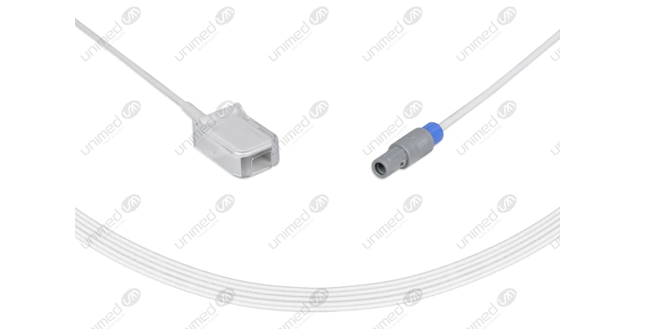Keeping a close tab on patient health is paramount to providing the best care. With technological advancements, medical professionals can now rely on accurate and reliable tools for monitoring a patient’s vital signs. One such tool that has been making waves in the healthcare industry is SpO2 Cable! This breakthrough device allows for non-invasive blood oxygen saturation monitoring and promises to revolutionize how we track patients’ health continuously. Join us as we take a closer look at this cutting-edge technology and explore its potential impact on the future of healthcare!
What is a SpO2 Cable?
The SpO2 Cable is a new type of patient monitoring device that uses near-infrared light to measure oxygen levels in the blood. The device is small and easy to use, and it can be worn on the wrist or attached to a headband.
Unimed Medical‘s SpO2 Cable is currently used in hospitals worldwide. The device is highly accurate and can help doctors diagnose and treat various medical conditions.
Advantages of the Unimed Medical SpO2 Cable over Other Devices
The Unimed Medical SpO2 Cable is a wireless device that measures oxygen saturation levels in patients. The Cable is more accurate than other devices and less invasive. The device also has fewer side effects and can be used to monitor patients who cannot breathe independently. The Cable can be used in hospitals and clinics, and it is affordable.
Conclusion
Unimed Medical’s SpO2 Cable is an innovative way to monitor patients’ oxygen levels. This technology can revolutionize how we care for our patients by providing more accurate and timely information about their health. Unimed Medical’s SpO2 Cable could help us better understand which treatments are best for our patients and ensure they receive the most appropriate care possible.
 Jobsearchdone.com Top News Share Website
Jobsearchdone.com Top News Share Website




